Choosing knives for your home

How to choose a knife
Should it be considered normal to use serrated blades to cut other dishes than bread, buns, and baked goods?
Should one think that it is economical to spend less on a knife that cuts poorly and must be thrown away after a while?
Is it necessary to convince oneself that it is outdated to have higher quality blades sharpened every now and then in order to continue to have an excellent cutting tool over time?
Should it be considered a luxury to cut meat at the table with a handmade, smooth-bladed, horn-handled knife?
In our opinion, no!
And that is why we feel it is our duty to explain the essential requirements of good cutting with good knives to all those who may want to choose their knife equipment from those in our Collections.
You will be able to choose preparation, serving and table knives with high-carbon stainless steel blades to ensure long cutting life. Horn or fine wood handles for those who want the best. Handcrafted plastic handles that are convenient to wash, even in the dishwasher, to meet your every cutting need.
Quick facts to know about cutting correctly:
In the case of cutting large pieces of meat, one will be able to grip the handle in the palm of the hand and slide the blade along its entire length.


To increase the power while cutting, reducing in this way the effort, you can grip the blade, at the impost of the handle, with index finger and thumb.
To cut cheese, one will hold the handle in the palm of the hand, rest the other hand near the tip and swing it to penetrate the cheese without sliding the blade.


Finally, the Chopper can be used for chopping by holding the handle in the palm of the hand and resting the other hand on the tip in such a way as to make it easy to swing the blade across the cutting board.
Choosing our knives:
Handle material: natural materials (horn, boxwood or ebony) are beautiful but inevitably age quickly.
Plastics exist in many qualities: polycarbonates, which are inexpensive and durable, age more quickly than polymethylmethacrylate (plexiglass), which is more expensive but looks better and lasts longer. Plastics allow dishwasher safe washing, although for a knife it is always not recommended.
Blade material: the most commonly used is stainless steel, which has been introduced in a big way for more than 50 years to solve the problem of oxidation and that of citrine flavor left in food by old carbon knives. In order to have cutting capacity and sharpness durability, it is necessary to choose stainless knives with a high percentage of carbon (higher than 0.40 percent). However, the higher the percentage of carbon present, the lower the stainlessness will be.
Be wary of l00% stainless knives because they are made of steel unsuitable for cutting.
The surface can be mirrored or satin-finished: mirrored, which looks better when new, ages quickly; satin-finished retains its initial appearance longer and ensures that what you cut sticks less to the blade.
Recently, knives with ceramic blades have been introduced, that permanently solve the problem of oxidation and ensure long-lasting sharpness, but they are fragile and when they inexorably stop cutting sharpening will not be easy.
Knife size: one should not be afraid to take “big” knives: a good rule of thumb is that the knife should be twice the length of what you want to cut.
Maintenance: knives do not require much maintenance, with proper use it will be enough to provide sharpening after a few years of use. It is important to remember that hand washing is preferable, but still essential to dry them immediately.
The shape, thickness and steel from which they are made does not allow them to be used as a lever to open jars or for uses other than cutting food.


